HDR (High Dynamic Range) formats like Dolby Vision and HDR10+ bring brilliant contrast, brighter highlights, and rich color depth to 4K content — but not all Blu-ray players handle them equally. The way each brand maps HDR content, especially in non-ideal viewing conditions (like projectors), can make a noticeable difference.
In this post, we compare how Sony and Panasonic Blu-ray players handle HDR tone mapping, metadata interpretation, and real-world playback scenarios.
What is HDR Tone Mapping?
Tone mapping is the process of adjusting HDR content so it fits within the capabilities of your display (brightness, contrast range, and color reproduction). Poor tone mapping can lead to:
Washed-out highlights
Crushed shadow detail
Unnatural color temperature
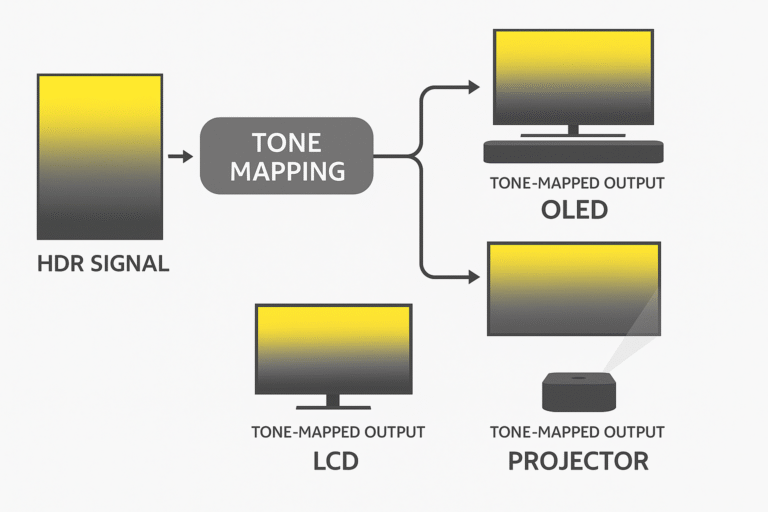
Dolby Vision vs HDR10+ – What’s the Difference?
| Feature | Dolby Vision | HDR10+ |
| Metadata Type | Dynamic (frame-by-frame) | Dynamic (scene-by-scene) |
| Licensing | Proprietary (Dolby Labs) | Open standard |
| Peak Brightness | Up to 10,000 nits | Up to 4,000 nits |
| Content Sources | Netflix, Disney+, UHD Blu-ray | Amazon Prime, UHD Blu-ray |
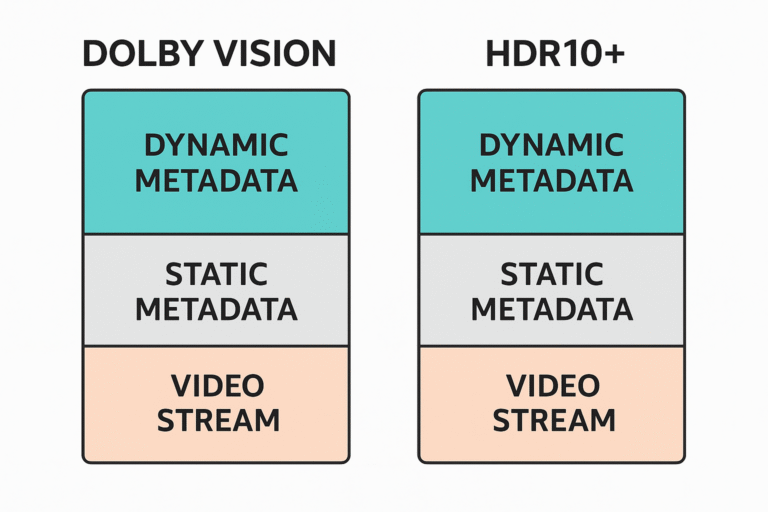
Panasonic HDR Optimizer – The Smart Edge
Panasonic players like the DP-UB820 feature a proprietary HDR Optimizer engine that excels at:
Static tone mapping for displays that lack proper HDR control
Scene-by-scene brightness remapping
Intelligent contrast lifting in projectors
✅ Best For:
OLED or older 4K TVs without DV
Projectors lacking dynamic metadata processing
Owners who want fine control over image presentation
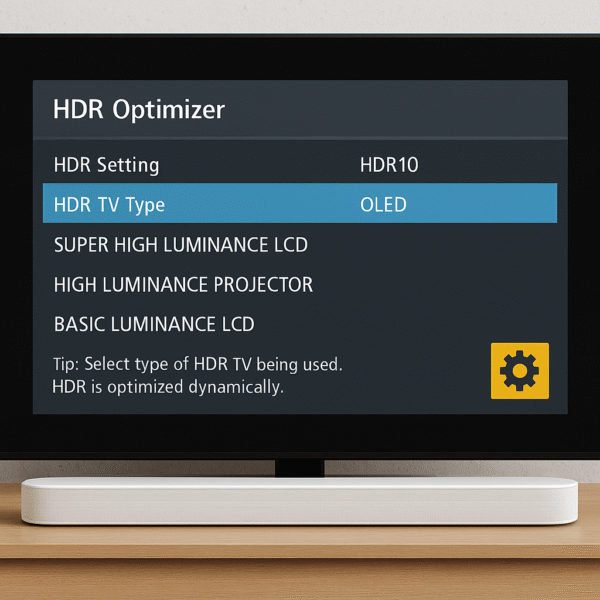
Sony HDR Processing – Straightforward but Limited
Sony’s players (e.g., UBP-X800M2) support Dolby Vision and HDR10, but lack:
HDR10+ support
Any advanced tone mapping UI
Instead, Sony players rely on the display’s internal processing to handle metadata. This approach works well with modern TVs but is less flexible with:
Older TVs
Projectors with limited HDR range
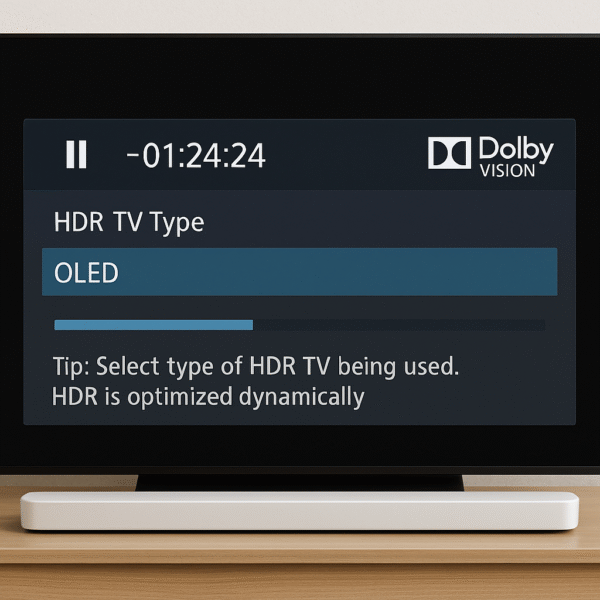
✅ Best For:
TVs that already support Dolby Vision well
Plug-and-play setups where user customization is unnecessary
Real-World Comparison: Panasonic vs Sony HDR
Content: UHD Blu-ray of “Blade Runner 2049” (Dolby Vision encoded)
| Scenario | Panasonic UB820 | Sony UBP-X800M2 |
| Projector Display Output | Excellent contrast & highlight detail | Moderate highlights, crushed blacks |
| OLED Display Performance | Crisp colors, customizable tone map | Clean playback, limited controls |
| Tone Mapping Adjustability | Extensive (brightness sliders) | None (TV handles it) |
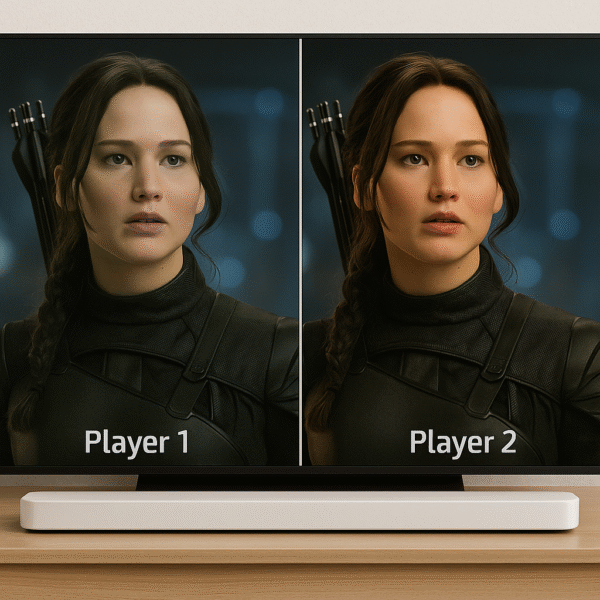
✅ Verdict: Panasonic offers superior flexibility for fine-tuning HDR, especially on displays lacking dynamic metadata capabilities
Bonus Tips for HDR Setup
If you use a projector, prioritize players with tone mapping (Panasonic > Sony)
Disable “dynamic contrast” on TVs to preserve HDR intent
Use high-speed HDMI 2.0 or 2.1 cables to ensure HDR signal integrity
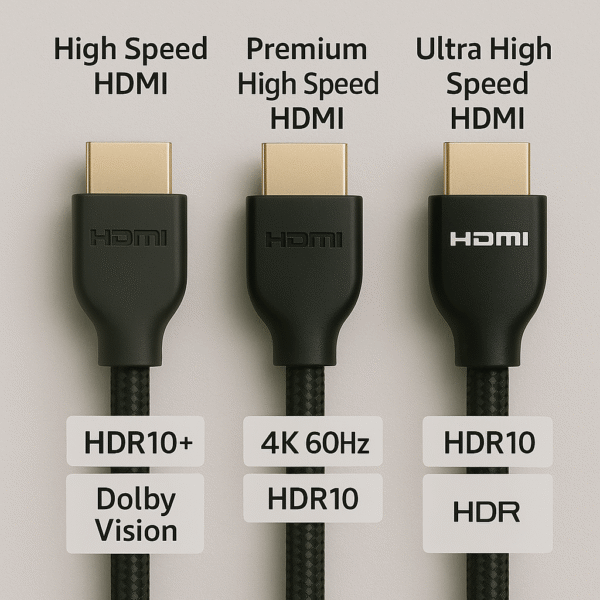
Final Verdict – Which HDR Format and Player Wins?
| HDR Format | Best Brand Implementation |
| Dolby Vision | Sony (if TV supports DV well) |
| HDR10+ | Panasonic (via HDR Optimizer) |
| Projector Use | Panasonic UB820 |
| Plug-and-play Experience | Sony X800M2 |
Panasonic is the better choice for home theaters that require tone mapping assistance. Sony is ideal for users with modern Dolby Vision-enabled TVs who want reliable performance without micromanagement.